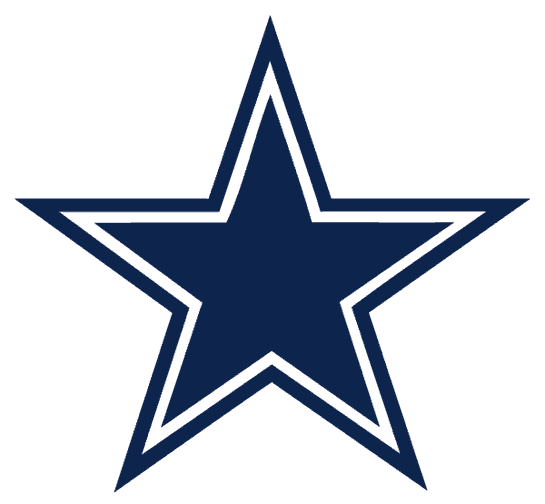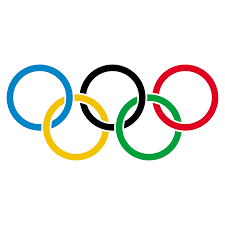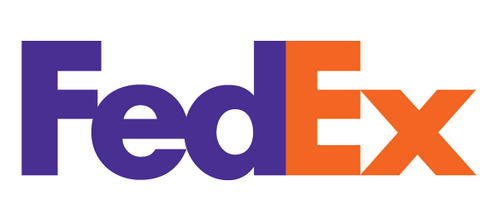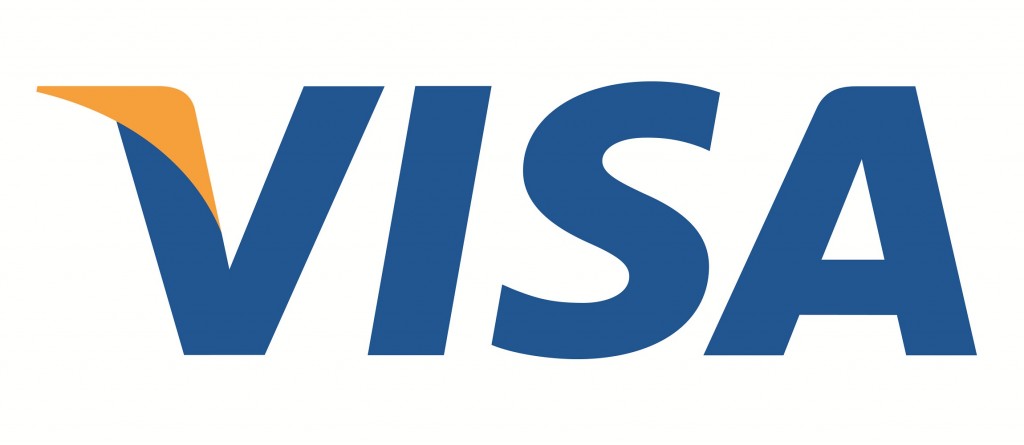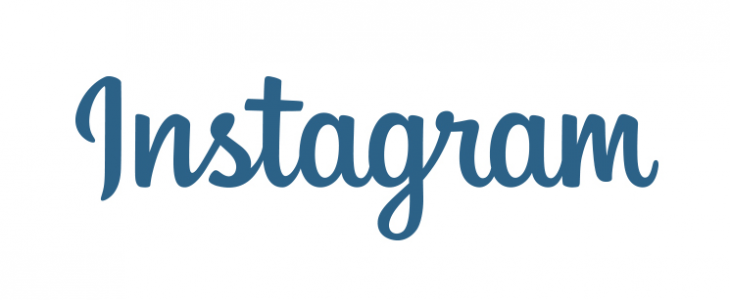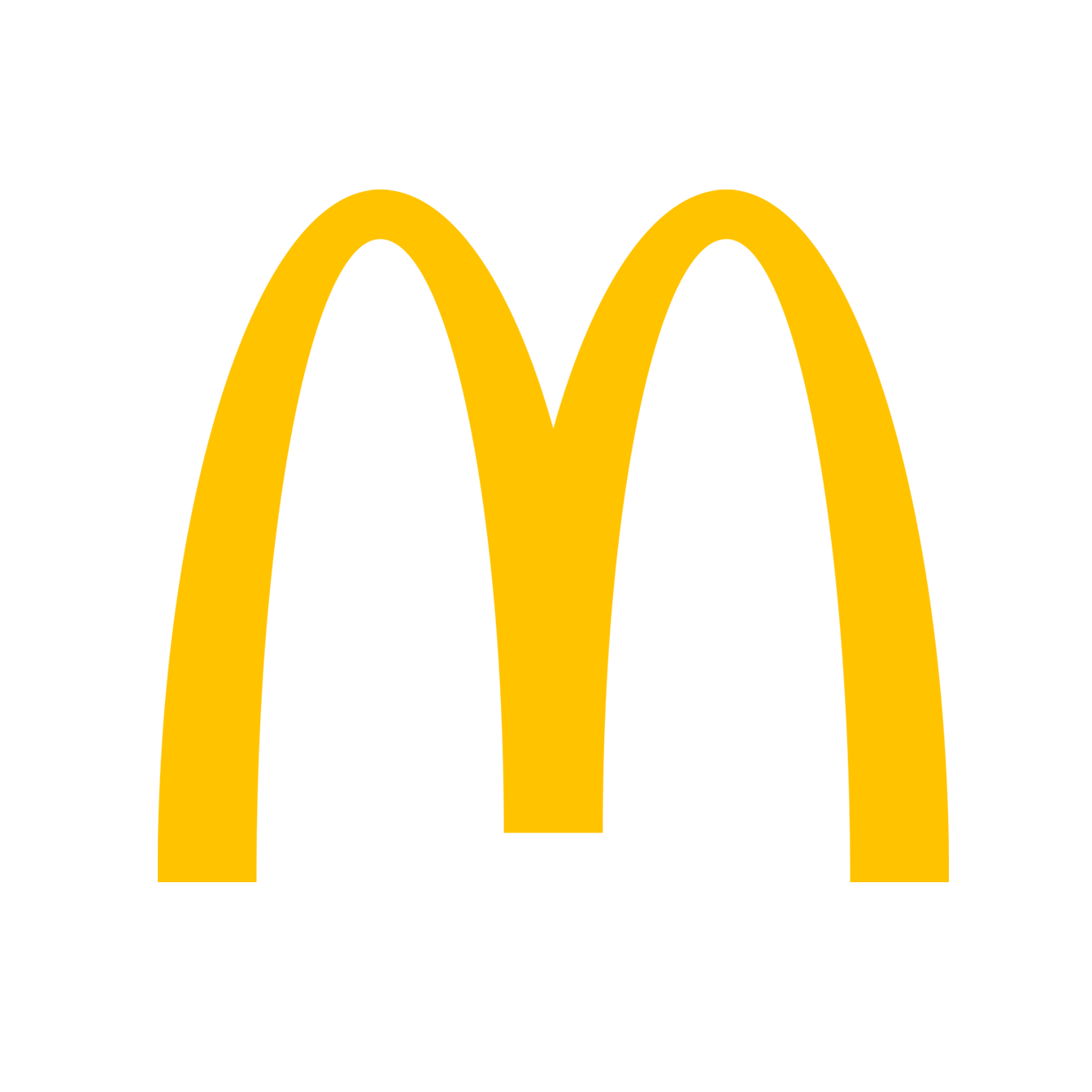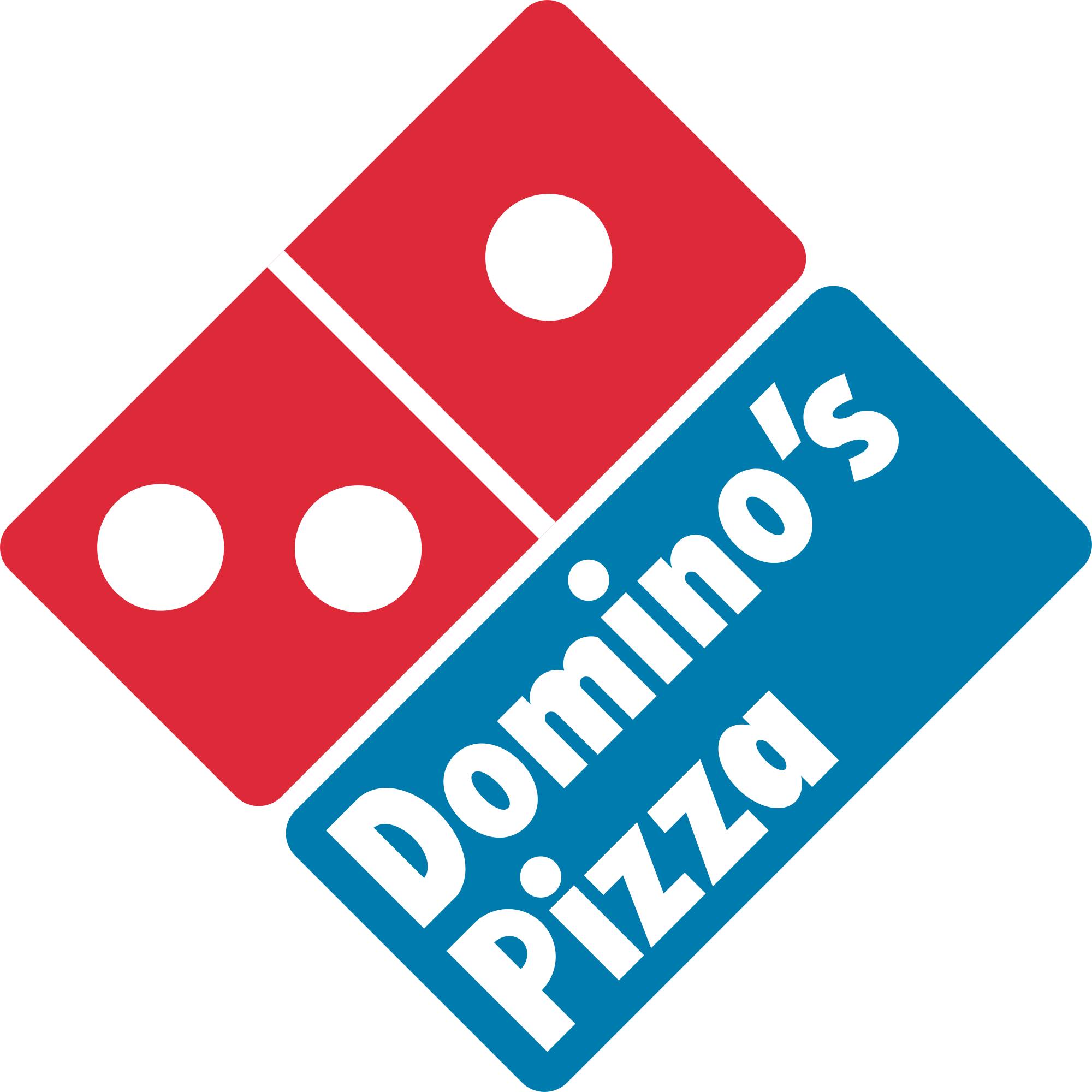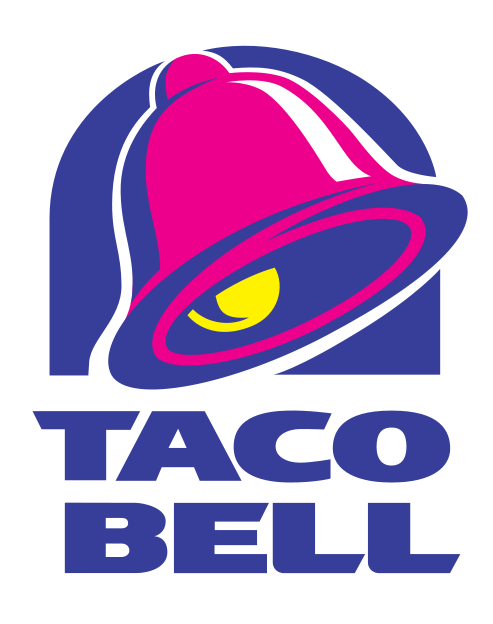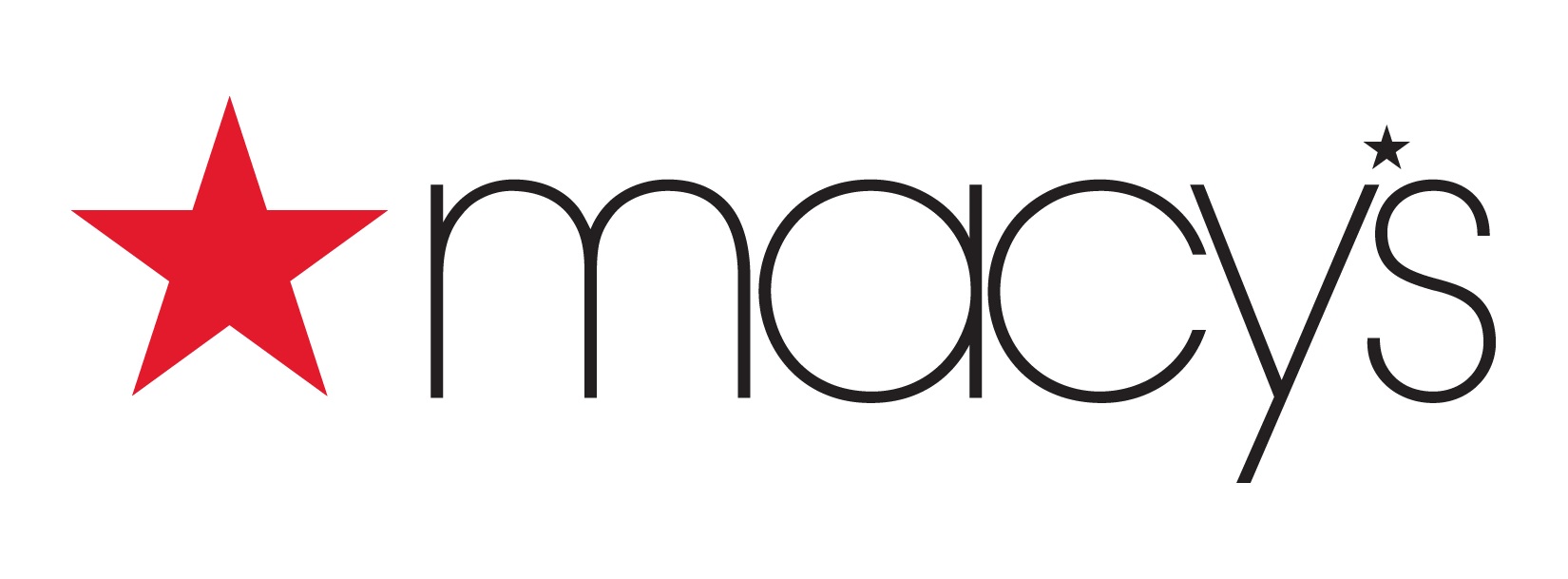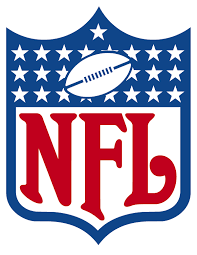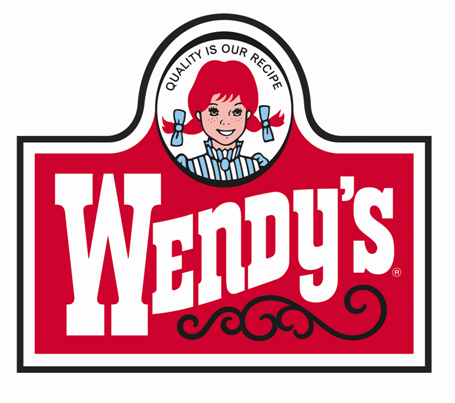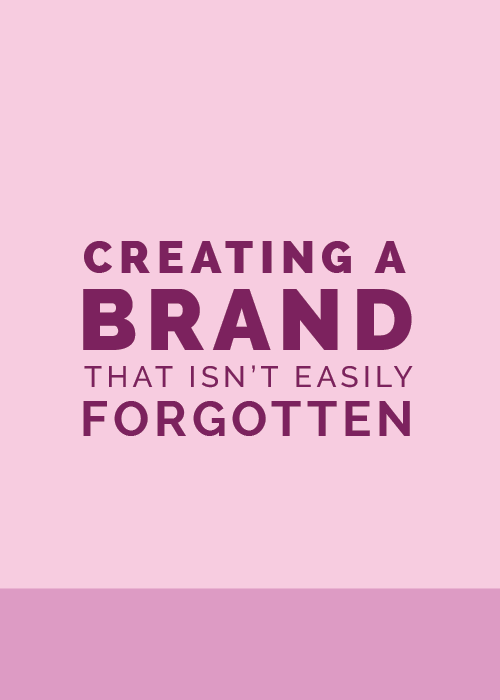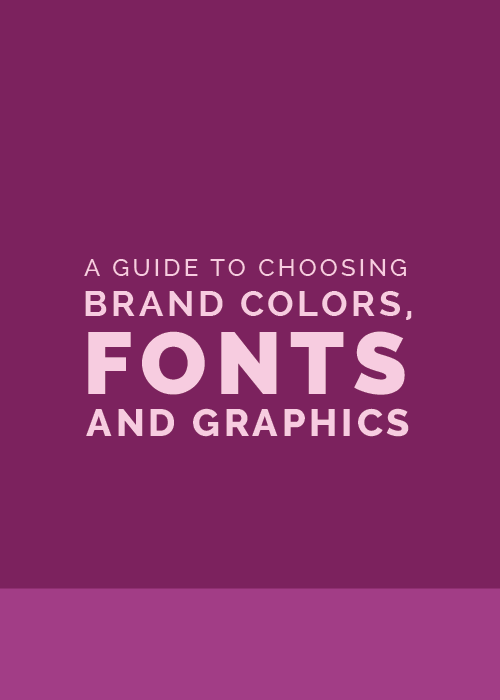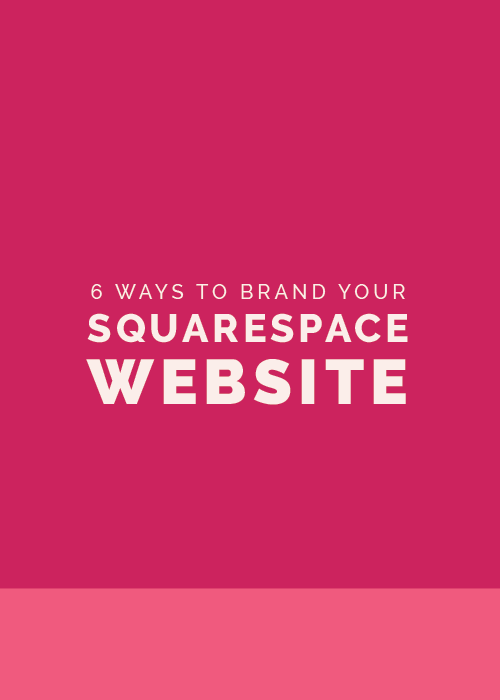Designing a logo is one of those tasks that’s seemingly simple at first glance.
But if you’ve attempted to design a logo, you know firsthand that the seemingly simple task is much more complicated; there’s more to it than meets the eye.
There are several different components to think about when you’re designing a logo. Fonts, colors, shapes, arrangement, illustrations, associations…
But there’s one component that has to be considered before all the rest: Form.
So which form(s) should your logo take? Take a look at these 5 different types to find out.
Symbol or Icon
Symbols are bold, simple representations of a business.
They often take the shape of a recognizable object, but it’s usually altered or used in an abstract way to make it distinct.
Symbols are usually used as a secondary or alternative logo, but because they’re simple and compact, they downsize well and are great for quick recognition.
Businesses often utilize symbols within their brand because they take a lot less time to process and in most instances, they express ideas more effectively than text (like traffic signs).
Symbols are also universal; they don’t have a language barrier, so they’re great for global companies.
They’re also very easy to remember. Mercedes, Nike, Target - their simple symbols quickly come to mind and are easy to remember.
However, symbols and icons take some time to develop recognition. So if your business is fairly new, it might be difficult for people to identify a an icon with your business name if it’s used on its own.
All in all, symbols and icons are a great addition to any brand. When designed correctly, they provide versatility, easier recognition, and express ideas well.
Wordmark
Wordmarks spell out the name of a company.
And while they might seem simple, there’s more involved than simply choosing a font and typing out the name.
Wordmarks are often styled or altered in a way that differentiates it from a plain font, or sometimes a new font might be created specifically for the logo.
They make up 37% of the top 100 brands in the world (source) which makes sense, because including a business’s name is extremely important for recognition.
Wordmarks work best as a primary logo if the name of your business is distinctive or relatively short. Otherwise, you might choose a combination mark or an emblem to help differentiate your primary logo a little bit more.
Lettermark
Lettermarks are similar to symbols, but they’re exclusively typographic. They represent a company through a simple mark that uses the initials of a company’s name.
This type of logo is great for businesses whose name is too long, hard to pronounce, or not very distinct, and it also assigns equal importance to every word in a company’s name.
Like wordmarks, designers usually alter a font, add a distinctive element to the letter forms, or arrange them in a creative way to make it unique to the brand and more recognizable.
And like symbols and icons, it takes some time to develop recognition to the point where people identify a lettermark or icon with a business name.
Overall, lettermarks are helpful secondary/alternative logos and are used by some of the most recognizable brands in the world.
Combination mark
Combination marks they combine a wordmark with a symbol, icon, or lettermark.
This type of logo is the best of both worlds; it spells out a company’s name while associating it with a visual icon. And that’s why they’re the most common, making up 56% of the top 100 brands in the world (source).
It also provides a lot of versatility because while the components of a well-designed combination mark look great all together, they can also be broken apart and used separately on their own.
Because combination marks involve several different components, they’re more difficult to design and require more time and intention. However, the versatility and distinction you can achieve through a combination mark makes the extra work worth it.
This type of logo is also easier to trademark because the combination of all the different components helps set it apart from other logos and brands.
When I’m designing logos for my clients, I always aim to create a combination mark for the primary logo. I highly recommend this type of logo for every business and brand out there.
Emblem
An emblem is also made up of several different components. But instead of placing the text beside or below a symbol or icon, emblems include a company name within the design.
This type of logo often looks like a badge or a seal; it’s very compact. And it’s often seen and used in government and sports logos.
However, emblems can be a little tricky. Unlike combination marks, they’re more difficult to split apart and they’re difficult to downsize because the words are included inside of the logo.
For that reason, emblems are often the least used types of logos. But when used in the right context and instance, they’re a great fit and look very intentional and professional.
Starbucks, NFL, Ford
When you’re choosing logos for your brand, it’s important to consider how you need them to function.
Where are they going to be used? Do they need to work well in a square format? Do they need to be legible at a small size?
By understanding the benefits and uses of all 5 types of logos, you’ll be able to find an appropriate fit and build a brand that works best for you.
Which type(s) of logos have you chosen for your brand? Why?




